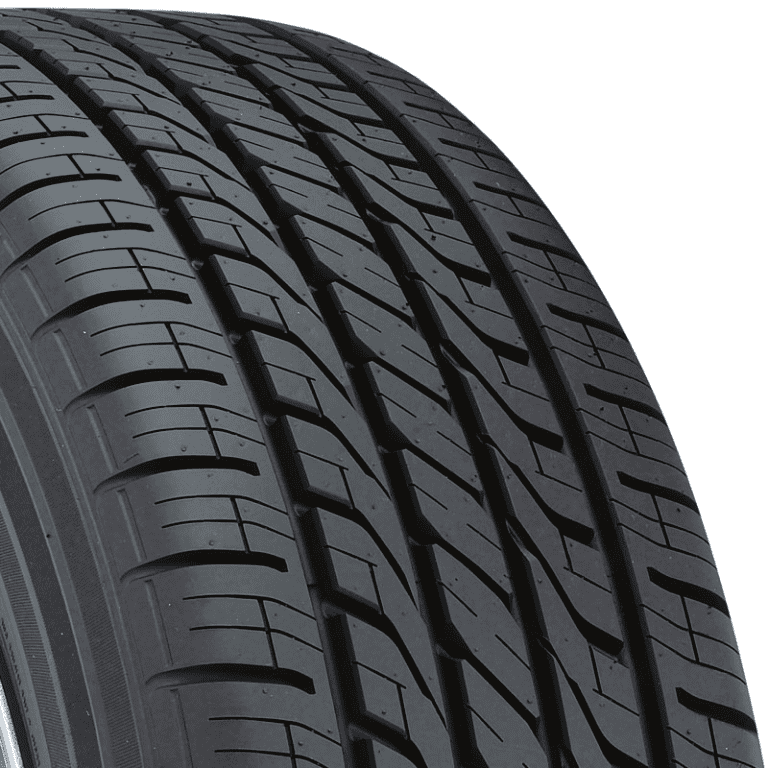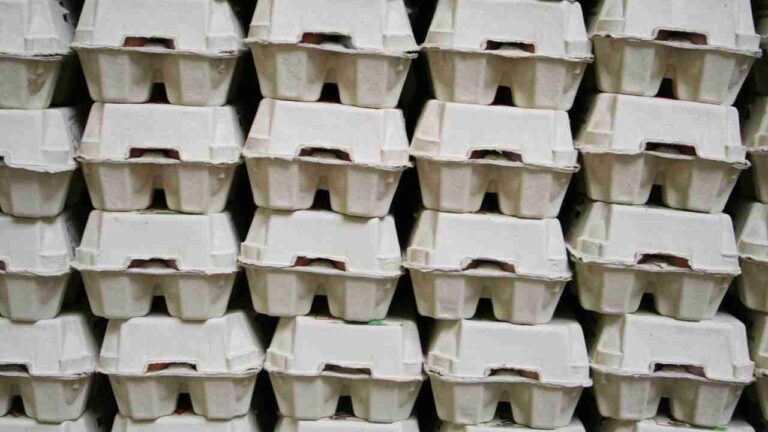Do you keep confusing the mouse for a vole?
It’s easy to get distracted when you’re researching these critters. The more you look into vole vs mouse, the more you get confused.
While they might seem like interchangeable rodents to the untrained — and unprepared — eyes, there are quite a few differences between them. On this page, we’re going to look at all the differences between voles vs mice.
Keep reading to learn more.
Physical Attributes of Vole vs Mouse
Voles are named for their voluminous tail and small ears, while mice have large ears, comparatively large eyes, and a long, pointed muzzle. Voles measure approximately 2 – 7 inches, while mice are between 1.5 – 4 inches.
Color can differ between voles and mice, but they range from black, grey, and brown shades. Voles have shorter legs and a round shape than mice, with a sleeker, cleaner look.
Voles also have thicker fur, which helps them to burrow and remain warm in cold temperatures. On the other hand, mice have sharper claws and teeth, which help them climb and chew through various surfaces.
Hence, when searching for frozen pinky mice, it is important to be sure one is buying the right species. As you know, mice and voles are two entirely different animals.
Habitat Preferences
The habitat preferences between voles and mice vary significantly. Voles prefer open grasslands, meadows, and farmland, while mice are more comfortable living in fields and forests, fields, and suburban yards.
Voles are specially adapted to live in moist and wet areas, such as wetlands and water run-off areas, while mice generally prefer dry habitats. Voles usually burrow or construct tunnels and build nests close to the ground.
But mice may construct nests in tree cavities, sheds, and even human dwellings such as homes and attics. They prefer to remain close to reliable sources of food and water, while voles have a more extensive range, foraging for food and diffusing more into their environment for food.
Food Source Differences
The most noteworthy difference is their food source. Mice are scavengers and omnivores that feed on various plants and animal matter. Voles, on the other hand, are herbivores. They depend on various kinds of grass and seeds as their primary food source.
In addition, voles are known to eat the bark off of young trees, whereas mice are not. They do not scavenge as much as mice and favor higher protein content in their diets.
Both will also consume insects, fruit, and fungi. This makes them more likely to compete with one another for food resources.
The Difference in Lifespan
Life span is one way to identify these two similar animals. The average mouse lifespan is 1-2 years, and it grows 7-10 cm long.
The vole lifespan can reach up to 2 years, growing 14-20 cm in length. They have a much longer lifespan than mice, allowing the vole to breed more frequently and become a nuisance pest.
Contrasting the Pesky Pest
Vole and mouse have distinct differences. While both can be found in similar environments, each plays a vital role in the ecosystem.
It’s also important to remember that the two species can look quite different, making it difficult to tell them apart. If you are still unsure, it’s best to contact a wildlife professional to help you distinguish between the two species.
Did you find this vole vs mouse guide informative? Then don’t forget to browse our site for more.







